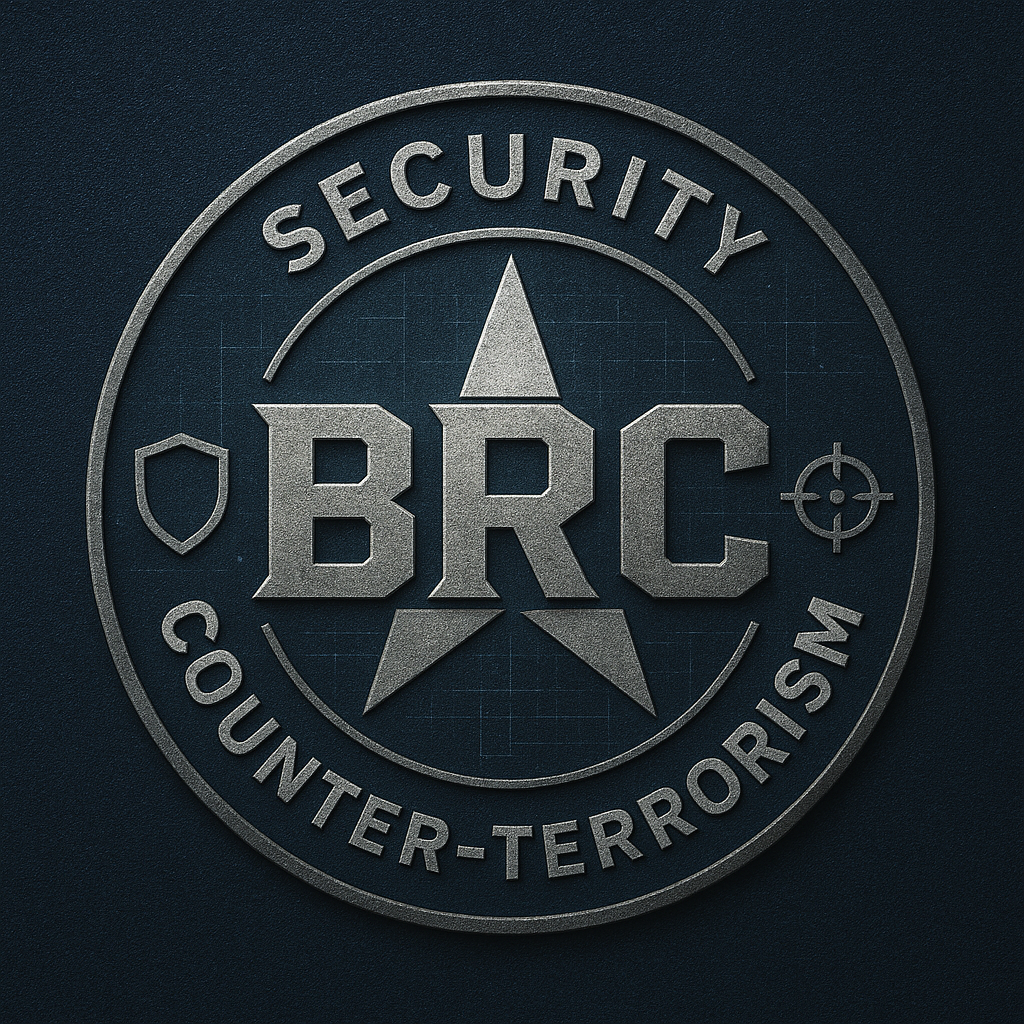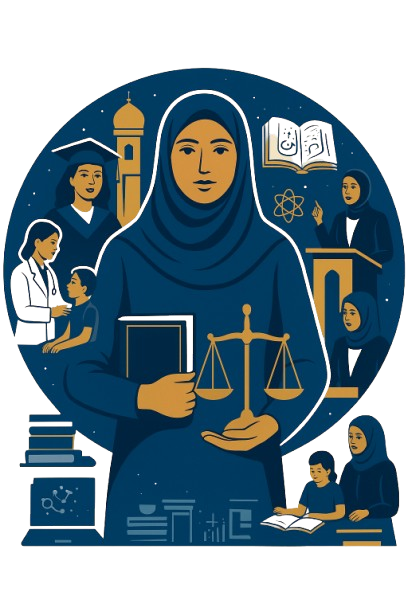Introduction (ongoing Study)
Al-Shabaab did not emerge suddenly. Its roots can be traced to a longer trajectory of radical Islamist movements in Somalia. While the group formally splintered from Al-Itihaad al-Islamiya (AIAI) in the 1990s, the foundations for its rise were laid much earlier.
Early Radicalization (1970s–1980s)
The origins of Somali radicalization can be traced to the mid-1970s. In 1975, the regime of President Siad Barre executed 12 respected Somali sheikhs who had publicly opposed his policies. This act generated deep resentment across Somali society and catalyzed underground Islamist movements.
During the late 1970s and 1980s, Somali students and activists—many influenced by Sayyid Qutb’s writings in Egypt, Wahhabi doctrines from Saudi Arabia, and experiences gained in Afghanistan’s jihad—began to form a new radical current.
Initially, these groups operated as dawa (religious outreach) networks. They propagated an austere, imported interpretation of Islam that contrasted sharply with Somalia’s traditional Sufi-Shafi’i heritage, which had never branded Muslim leaders as infidels. Though subtle, this dawa laid the ideological foundations for future militancy.
Collapse of the Somali State (1991)
The collapse of Somalia’s central government in 1991 created an environment of anarchy, famine, and mass displacement. In this vacuum, radical Islamist networks flourished.
With no functioning institutions, they recruited orphans, street children, and the vulnerable. Using cassette tapes, videos, and nasheeds (chants), they indoctrinated youth with messages of revenge and linked Somalia’s struggles to the broader global jihad. In a context where people desperately sought security and justice, these groups presented themselves as protectors.
Al-Itihaad al-Islamiya (1990s)
From these radical currents, Al-Itihaad al-Islamiya (AIAI) emerged in the 1990s. Supported by Arab charities and foreign Islamist networks, AIAI aspired to establish an Islamic state in Somalia. Its influence spread through the provision of food, education, and rudimentary security in areas abandoned by the state.
However, AIAI soon fractured. While some factions remained focused on dawa, others shifted to violent jihad, particularly against Ethiopia, which had intervened militarily in Somalia on several occasions. The uncompromising militant wing paved the way for the emergence of Al-Shabaab.
A generation of young Somalis—facing unemployment, poverty, clan rivalries, and inequality—were drawn to AIAI and later to Al-Shabaab. Their grievances reinforced instability, while the groups’ shifting tactics complicated counterterrorism strategies.
Ethiopian Intervention (2006) and the Rise of Al-Shabaab
In 2006, the Islamic Courts Union (ICU) briefly took control of Mogadishu, establishing relative stability. However, when Ethiopia—backed by the United States—intervened militarily to dislodge the ICU, hardliners regrouped.
Leaders such as Hassan Dahir Aweys, Ismail Araale, Aden Hashi Ayro, Ahmed Abdi Godane, and Ibrahim Afgani pushed for militant jihad. From this crucible, Al-Shabaab (“The Youth”) emerged as a dominant force.
Their strength grew by exploiting anger toward foreign intervention, widespread corruption, and clan grievances. They simultaneously provided basic services and delegitimized the Somali government by branding it corrupt, Western-backed, and apostate.
Tactics and Recruitment
Al-Shabaab’s strategy relies heavily on propaganda and indoctrination. They target marginalized populations—particularly the poor and uneducated—promising salvation and paradise through martyrdom.
Recruits are influenced by carefully crafted media campaigns showcasing the suffering of Muslims in Afghanistan, Iraq, and Palestine. Many are manipulated into believing that jihad is their only path to dignity.
The group also forcibly recruits child soldiers, particularly from Baidoa, Luuq, and Mogadishu. Vulnerable youth are indoctrinated to become suicide bombers.
Internal Divisions and Global Links
Over time, Al-Shabaab has splintered into factions with divergent goals:
- Nationalist factions focus on Somalia’s struggle against Ethiopia.
- Transnational factions pursue a broader global jihad, formally aligning with Al-Qaeda in 2009 and later engaging with ISIS networks.
Each division has spawned new groups, but all remain reliant on violence.
Financial and logistical support from Gulf charities, Arab financiers, and regional extremist groups have further embedded Al-Shabaab into global jihadist networks.
Present Power and Threat
Although Al-Shabaab has lost control of key cities due to African Union (ATMIS) offensives, it remains resilient. The group controls significant rural territories in southern Somalia and Jubaland, maintaining taxation systems, recruitment pipelines, and parallel administrations.
Al-Shabaab thrives on corruption and public distrust of Somali state institutions. Whenever governance fails, the group gains legitimacy by presenting itself as the alternative source of justice.
Nevertheless, increasing numbers of civilians report Al-Shabaab activities to Somali security forces, demonstrating popular resistance to its rule. Yet persistent nepotism, inequality, and weak governance still provide fertile ground for extremist narratives.
Human Cost
Al-Shabaab’s violence has inflicted profound suffering on Somali society:
- Targeted killings of students, doctors, elders, and women.
- Executions of suspected spies and dissenters.
- Heavy taxation of traders and small businesses, crippling local economies.
- Assassination of Somali elders and respected Islamic scholars.
- Suppression of agriculture, fishing, and well-drilling to maintain control over communities.
- Forced recruitment of children and the abduction of girls into marriages without consent.
Unlike Siad Barre’s dictatorship, which primarily targeted political opponents, Al-Shabaab indiscriminately attacks all social groups, often committing mass killings in markets, schools, and government offices.
The Next Wave: Emerging Groups
A dangerous development is the rise of new dawa-oriented movements such as Sadicuun bil Xaqi and Jamaaca Islaamiya. If these groups secure external support—whether from the Houthis, ISIS, or other backers—they could evolve into threats even more destabilizing than Al-Shabaab.
Conclusion
Al-Shabaab is not solely a Somali phenomenon. It represents the intersection of external ideologies, foreign interventions, and prolonged governance failure.
The struggle against Al-Shabaab cannot be won militarily alone. Victory requires:
- Justice, rule of law, and good governance.
- Accountability across Somalia’s executive, legislative, and judicial institutions.
- International cooperation that avoids fueling grievances.
Without these, Somalia risks not only enduring Al-Shabaab’s insurgency but also the rise of even more radical movements threatening both regional stability and global shipping routes in the Indian Ocean.
Ultimately, Somalia’s youth must be equipped to reject extremist propaganda. This demands joint efforts by Brilliance Research & Consultancy (BRC), Somali stakeholders, and international partners. Through research, education, and effective policy, the recruitment base of extremist groups can be diminished and dismantled.
Authors
Prof. Shafic Y. Omar
BA (Dev. Studies), PgDip (Conflict Mgmt. & Agri. Dev.), MA (Diplomacy & Int. Relations), PhD (Cand.)
Senior Diplomat | Senior Lecturer | Human Rights Activist & Analyst | Pan-Africanist
Da’ud A. Ga’al
BA, MDS, PGD SIM
Senior Security Expert
Brilliance Research & Consultancy (BRC)
🌐 www.brcsom.com
✉️ info@brcsom.com
📞 +252 616 669 110





